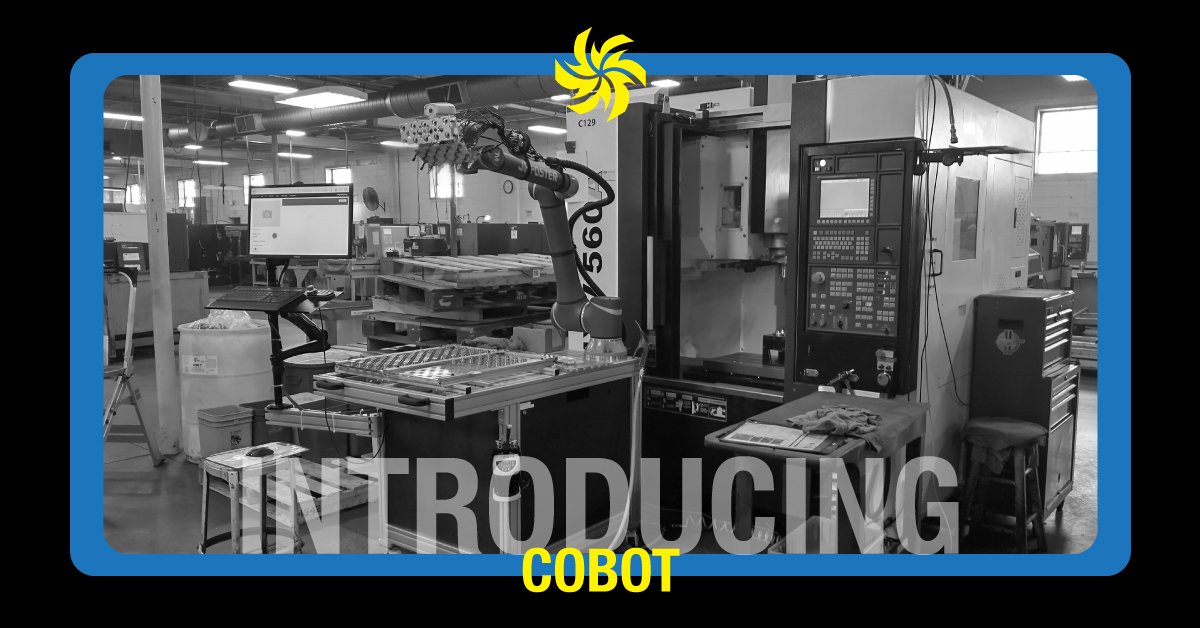The manufacturing industry continues to suffer from an acute labor shortage. By the end of 2021, employment across the industry was down by nearly 400,000 personnel from pre-pandemic levels. Beyond causing stress, the lack of skilled workers has heightened workplace injury, product liability, and property damage risk for these businesses.
And the pandemic isn’t the only cause of the manufacturing labor shortage, despite dominating the headlines. The labor shortage in manufacturing predates the pandemic by a decade, with the large number of baby boomers retiring leading an exodus of workers from the industry. Meanwhile, many younger workers have declined to enter the sector, wooed away by other industries, such as technology and healthcare.
Is there good news on the horizon? The industry will continue to face labor shortages for the foreseeable future. Despite increasing wages, providing more flexibility and improving working conditions, the problem persists. Looking ahead, competition for labor with other industries, planned retirements and reshoring efforts are expected to widen the gap between labor supply and demand.
Despite popular belief, the introduction of automation has increased the number of open jobs. After all, somebody has to operate these tools and they must have the required skills to do so. With the labor shortage, however, came a lack of operators. Technology cannot function in a vacuum, and thus, efficiency in shipping and logistics has significantly dropped. This has certainly been a factor in accounting for widespread supply chain interruptions across the U.S. and abroad.
There is obviously no easy answer to the labor shortage in manufacturing, but here are four ways manufacturers can create more value with fewer people.
-
Increase the level of automation on the factory floor
We’re not suggesting full robotics, that’s not the right decision for a wide variety of reasons. What manufacturers can do is analyze the potential for cobots (collaborative robots) or lightweight automation solutions to reduce the amount of effort required by the team member. This approach provides a couple of benefits – it will reduce labor time and it can broaden the workforce able to perform the work.
At Cass Precision Machining we are currently utilizing a cobot with plans to add a few more. Our cobot reduces labor by picking up and placing steel to feed the machines, reduces repeat production work for employees, and reduces fatigue.
“A collaborative robot allows us to have our machinists run multiple machines. The cobot is loading machines while our machinists are attending other machines,” said Ted Biorn, Cass Precision Machining Director of Operations. “Bringing the cobot into Cass has helped us free up a lot of our machinists. It allows them to do more with their minds and less with manual labor. Definitely pick and place, very easy to program, we’re definitely going to be purchasing more of them – they’ll help with the tight labor market.”
-
Lay the groundwork for machine learning and artificial intelligence
Over time, team members build knowledge and expertise that enables them to make complex decisions as if it were second nature. In an environment where the staff is stable and has a long tenure, companies can rely on these individuals to effectively run complex operations. However, when turnover is high and skills are limited, there is a need to invest more heavily in building the capability for machine learning.
-
Embrace Worker-Friendly Scheduling
A key labor insight that has emerged during the pandemic is that workers today clearly want a say in when they work. This marks a departure from traditional workforce operations at many production facilities, where schedules are created far in advance using a rigid, top-down approach. To effectively address worker dissatisfaction with shift work, organizations should rethink the way work is scheduled to provide employees more flexibility.
-
Champion Hourly Employee Development
Advancement training for first-level leaders and cross-training programs for the workforce as a whole are two vital components of hourly employee development that pay huge dividends in terms of hourly employee job satisfaction and operational resilience.
Advancement Training — Developing those workers who supervise your frontline staff is an important strategy for building a sustainable workforce. Employees in complex industries tend to get promoted because of their technical skills, but they often have limited training and skills for supervising people. These new leaders may have previously worked side-by-side with people they’re now supervising, so it’s crucial to equip them with the skills they need to lead, train, and discipline their staff in a way that doesn’t erode relationships.
Cross-Training — Another aspect of employee development that reaps broad benefits in the near and long term. Your best employees may not want a traditional leadership role, but they love doing the hands-on work. These workers want opportunities to broaden and deepen their skills on the job. Offering cross-training opportunities helps hourly workers feel valued and keeps them engaged over time, two factors that heavily influence hourly worker perceptions when considering employment opportunities.




